Most folks move more like this:
and less like this:
There is nothing fluid, powerful, integrated, supple and athletic about their movement.
In short order that’s why your knee’s hurt.
It’s not from the 3 inch knee bends “squats” with 100lbs on your back you did 15 years ago for 4 months in high school weight training class.
Years of poor movement, lack of mobility, lack of strength, lack of power are usually the culprits.
So how do we fix knee pain or at least train around it if it’s not fixable (which is sometimes the fact of the matter, but not typically the case)?
Follow some basic rules/ strategies:
- Initiate movement from the HIPS not the knees.
- Improve motion in the hips and ankles
- Focus on building a strong posterior chain and core….butt, hamstrings, low back, abs
- Train with as vertical a shin (tibia) as possible. This limits tibial shear
In truth a lot of these points are integrated and play off of each other.
Initiate Movement From the Hips Not the Knees:
Simple terms: hips are big joints, knees are little joints.
Move from big joints, it allows stress to be placed over a larger area of musculature.
Movement which starts at the hips means the glutes and hamstrings will receive a stretch at the beginning of the movement thereby activating those muscles.
An old adage, which seems to be accurate, is:
“whats stretched is what’s activated”
….which means that a stretch in the glutes and hams will get them to fire leading the hips to be the drivers of the movement instead of the knees.
Improve Motion in the Hips and Ankles:
One of the biggest reasons people begin to move from the knees and not the hips is that we sit too much and wear damaging shoes too often.
This leads to desk jockey syndrome, no ass, tight hip flexors, short hamstrings, tight ankles and weak feet.
All of this adds up to really tight hips and ankles, therefore a lack of motion at those joints.
Well, we have to move around somehow.
So the body finds the path of least resistance which is that wonderful hinge joint with almost no muscle or tissue around it to impede movement called the knee.
Hip Mobility Drills:
Ankle Mobility Drills:
Building a Strong Posterior Chain and Core:
The posterior chain isn’t a scientific term, but just about every one involved in strength training knows what it means and how important it is for not only maximal performance but even baseline proper movement.
Essentially the entire back (posterior) of the body is the posterior chain, everything from the calfs to the traps.
In this case we’re mostly concerned about the butt and hamstrings.
When these are activated and strong the pelvis and femur articulate properly helping to keep the knee “centered” and “back” (limiting tibial shear) in the joint with a lack of inward, outward (valgus/ varus) or forward movement.
Basically, a strong butt and hamstrings will keep the toe, ankle, knee, hip alignment in place, taking stress off of the knees.
Think of the pelvis as a bowel of water and when that bowel gets tipped too much in one direction from muscle tightness or muscle imbalances, “water” spills out, or in this case a cascade of compensations takes place making movement less than optimal.
A strong core helps by stabilizing the spine and pelvis.
Remember, all body systems work together to create motion and absorb force through the pelvis and spine.
Glute Activation Drills:
Core Work:
and you can read this awesome article with other cool planking variations.
Train With a Vertical Shin:
One of the main causative forces of knee pain is the presence of tibial shear during lower body movements.
Think the knee driving forward over the toes.
This doesn’t mean that your knee can’t go over your toes!
It means, if you have knee pain, you should follow this rule very strictly and work to limit “knees over toes” as much as possible if not all-together.
Much of the degree to which your knees go over your toes has to due with limb lengths, flexibility and the movement itself.
That said, training with as near a vertical shin as possible forces movement from the hips, therefore activation of the posterior chain and the “load” being carried on the hips.
If you notice you’re getting too much tibial shear (knees over toes) and having pain there are some easy fixes:
Put a barrier in front of the shins:
Squat to a Box: This facilitates sitting back and will control the depth
Just lower under control, sitting back, pushing the knees out, until you lightly touch the box.
If using the box as a “depth finder” or “target” doesn’t work, you may have to go to actual box squatting, which has a pause (no relaxation) on the box, but when done correctly limits the tibia from moving forward at all.
Follow these simple rules and more than likely you’ll be able to train around and hopefully reduce or eliminate knee pain altogether.
* Just to be clear EVERYONE should be striving to follow these rules regardless of knee pain being present. The “load” when lifting should always be in the hips, NEVER the knee.

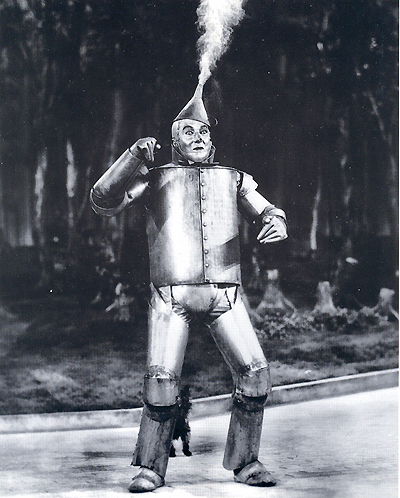
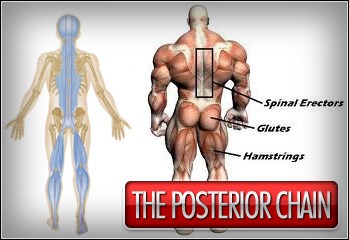
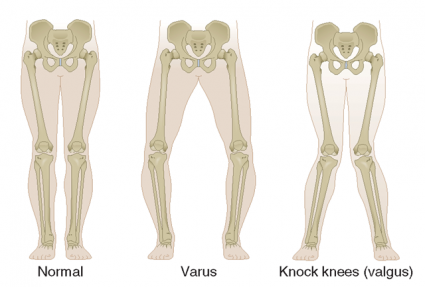

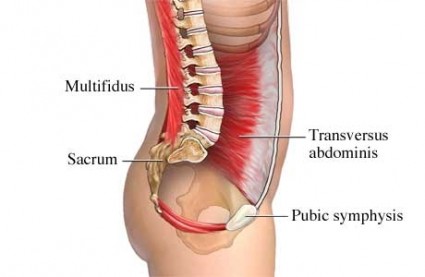
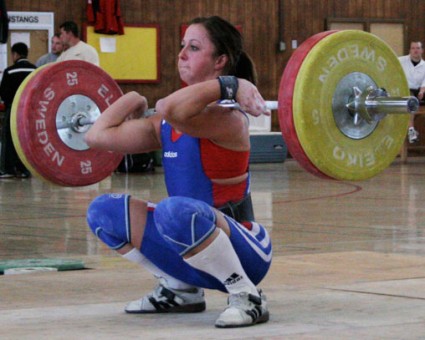

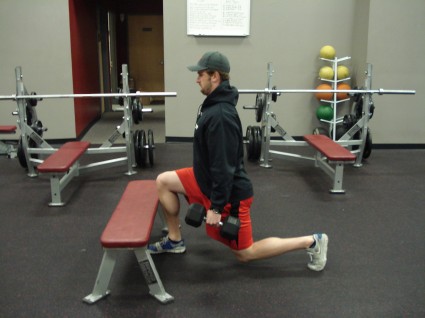


[…] You’re all like the Tin Man. […]